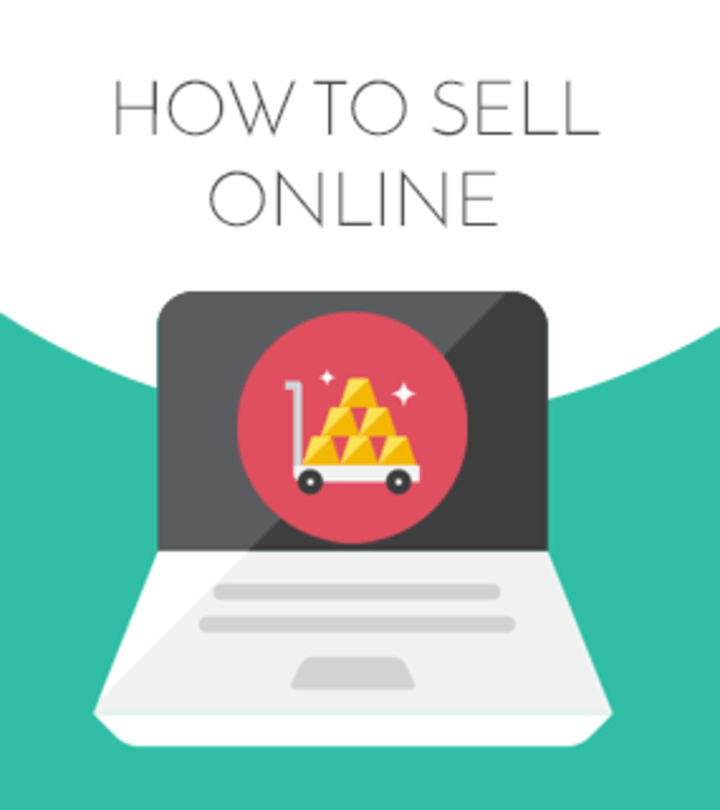Flipcharts are one of the most effective, budget-friendly and versatile ways of teaching, training and displaying information to groups of all sizes. Here are our top tips for using them to their best:
In the classroom
In the classroom, school flip-charts are a great way of getting students engaged with the material that you are teaching. Educational styles are changing more towards collaboration rather than the traditional ‘teacher lecturing pupils’ technique that many of us grew up with – and so using a flip chart can help to create a more informal environment that gets pupils involved. Whether you are teaching young kids how to read or count, or you are moderating seminars at a college or university level, you can use flipcharts to great effect.
Table of Contents
Use colours
Using different colours to display different information is an easy way to keep attention, and make your classes a touch more fun.
Draw
You don’t have to confine yourself to words – introduce diagrams, pictures or sketches to demonstrate your point. You don’t have to be Van Gogh – even a bad picture will keep the focus on your lesson, as it will be a bit of memorable fun.
Prepare
While flipcharts are conducive to spontaneous presentation of material, you can still prepare your lesson. Use a light pencil to sketch out your points,and then simply go over them with a bolder highlighter when it comes to lesson time; a great way of ensuring that you don’t miss the essentials, while still giving room for discussion and two-way engagement.
At work
In the office or workplace, flipcharts are the ideal way of presenting information. They make idea generation a breeze, as you can gather small or medium groups to discuss and brainstorm, using the flipchart for a guide and a record. The best part? Unlike a whiteboard, you can keep the flipchart pages intact for later reference.
Meetings
Meetings can often fall into a pattern of one person lecturing the others. You can avoid this trap and ensure better engagement and attention, by using a flipchart to jot down a few bullet points as you go, and inviting discussion on them.
Presenting data
If you are presenting more complex data, just as with preparing a lesson in education settings, don’t be afraid to prepare your sheets. You can draw out intricate pie, bar or other charts in an almost imperceptible pencil and then go over it with a marker when it comes time to display. Don’t be afraid to incorporate a metal or plastic rule or other straight edge into your presentation to ensure that you are keeping things nicely neat and organised – or consider using flip pages that are pre-marked with lines and margins.
KPIs
In larger office spaces (like a call centre, for example) or even in industrial spaces, you can use flipcharts to display ongoing KPI information. Instead of needing a wall to post notices, use a freestanding unit to motivate and keep your staff on track.










